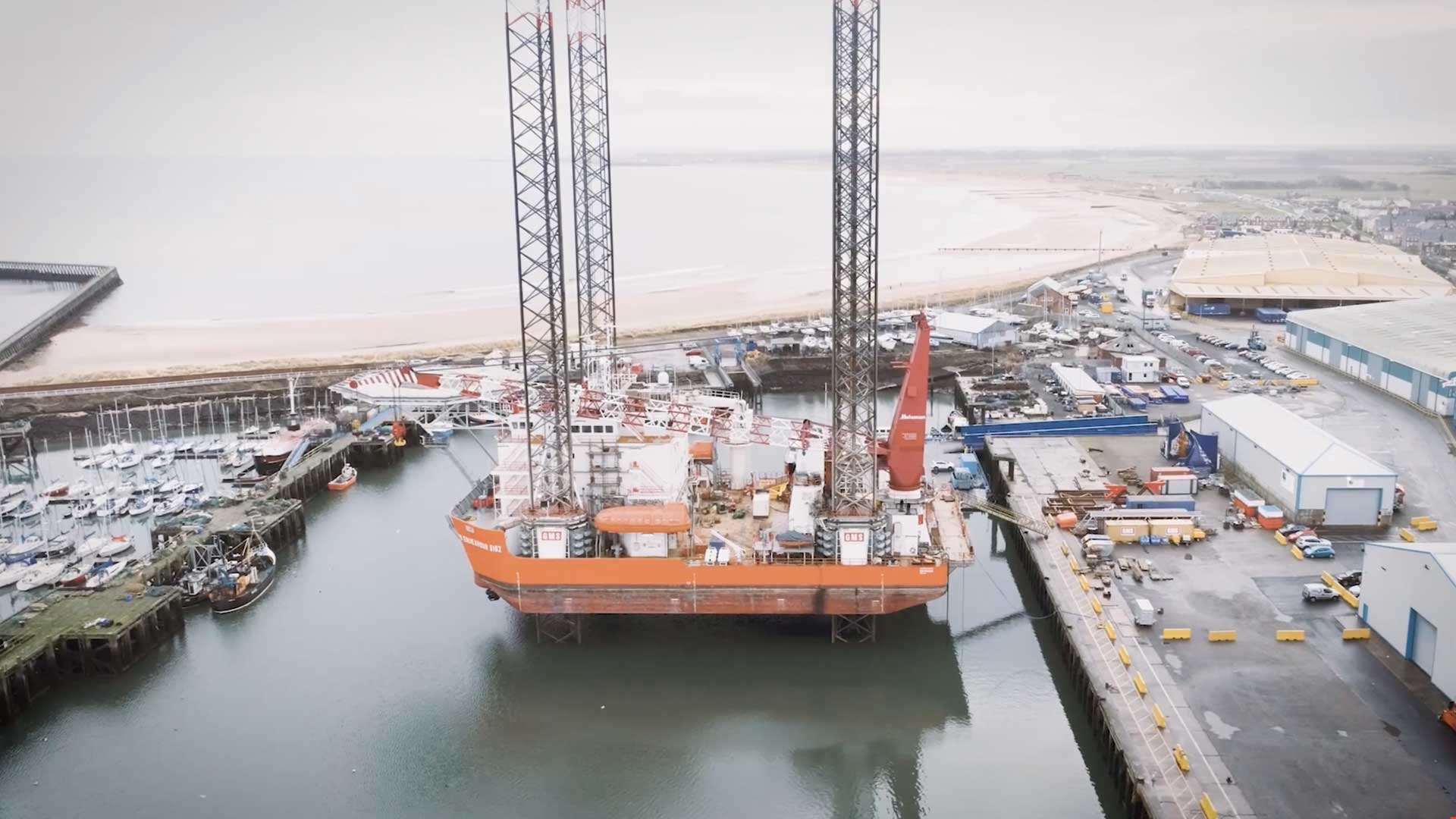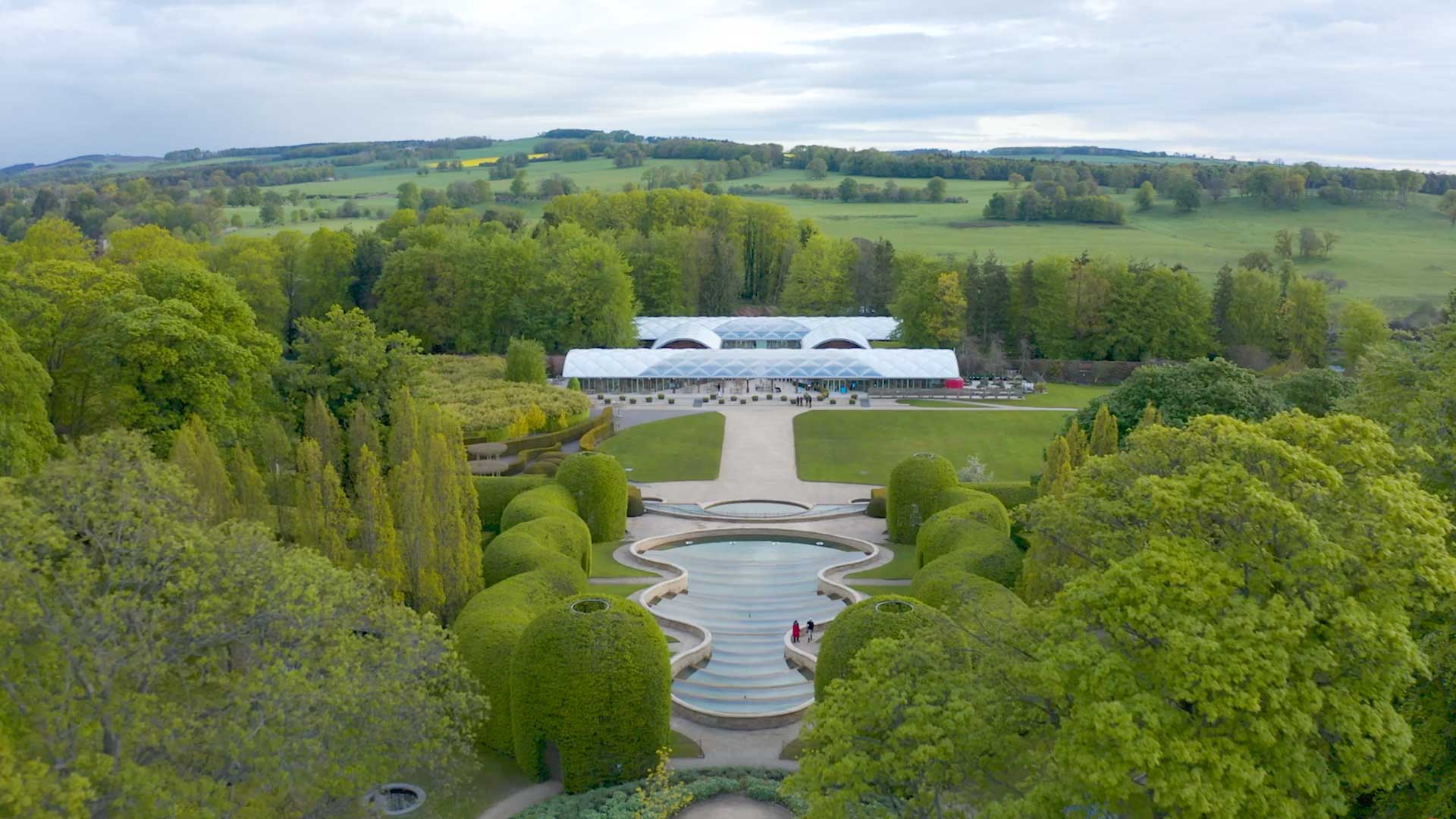We operate during a time where video is no longer a nice-to-have. For those organisations seeking to communicate effectively, professionally-shot video content, streamed across your digital platforms is a must-have. When the currency is ‘attention’ we all vie for our share in the best way we know possible.
Despite the best efforts of the pandemic, it’s business-as-usual for most. The requirement to push forward remains. Brand remains king and perceptions of trust and capability, based on the appearances of your digital assets (logo, website, communication, video), will always be a deciding factor in whether your prospective customer chooses you or your competitor.
Whilst there will always be a place for ‘home-made’ video – (usually blogs and social media, in the right context), a professionally-produced video, should always feature in your armoury. After all, when it comes to setting the bar for how your company is perceived against its rivals, it’s unlikely you’d leave the company logo design to ‘Janet in accounts’ – or have ‘Alex on the shop floor’ create the website (because he’s familiar with a piece of software)… The same should apply to how you approach video production.
A professional agency should listen to your objectives, before suggesting the most effective way to deliver your campaign. Like any creative format, there are countless ways to approach your project. It is the role of the agency to advise when best to use a professional voice-over. Should your project include Animation? Should your project feature staff interviews? Shoot on location or studio? … And when the campaign requires it, your agency should also have the capability to deploy aerial video.
Technology moves fast and as you’d wish for your new car to have the latest functionality, you should expect the same from your video production. Aerial video is by no means ‘new’ – but rather for many projects, the injection of dynamic drone-shot video footage, should be a staple.
Understanding its application; when and where to use it, is key. Drone footage should enhance your production, not simply replace the need for effective storytelling. The narrative structure is critical to the effectiveness of your message delivery, coupled with the appropriate use of shots to reflect the points you are making. Used correctly, there is little doubt that aerial footage can raise perceptions and lift production values. Used out of context, it simply looks shoe-horned in. Understanding the limitations of aerial flight is also paramount and shouldn’t be understated. Drones must be operated within the realms of what is safe and achievable.
So, when opting to use drone-shot footage in your next project, consider the following:
1. What will aerial footage add to the final content?
Footage shot this way needs to really bring something extra in, that could be a dramatic background or the scale or position of a site, areas of focus in its environment, or just a dramatic and unexpected angle, not available to see from the ground. Angel
2. Will the content be captured safely and legally?
There are a myriad of legislative laws that must be considered before a drone can be deployed. Keeping both crew and involved persons safe, whilst maintaining legal separation between buildings, roads and objects is critical. Other factors including electromagnetic interference, Flight Restriction Zones and proximity to public buildings must be also factored into the flight plan. Osbit
3. How can I be sure that the partner shooting for me is the right choice for my organisation?
Ensure your agency is experienced, competent and most importantly authorised to fly. Only CAA (Civil Aviation Authority) qualified pilots are permitted to perform commercial operations. CEO Sleepout
The footage included in this sample was commissioned by Digital Catapult NETV, on behalf of the North of Tyne Combined Authority, for their forthcoming ‘Inspire North of Tyne’ programme.
Their programme “aims to raise awareness of STEM and digital careers available to secondary school students, as well as showcasing educational routes into these careers, the benefits of working in a STEM industry, and what skills you need to have in order to be a successful and valued employee.”
Amy Hunt, Programme and Training Specialist, initially decided that aerial footage would provide not only dynamism to the overall piece – but would also provide viewers with the context of location and a measure of scale.
“Once captured, the drone footage will be merged with interviews. The campaign will seek to highlight ways and opportunities students can develop the necessary skills to progress in their career journey. Digital Catapult works collaboratively with regional partners, working towards a goal of closing the gap between education and industry, while simultaneously creating a pipeline of talent for future workforces.”
After viewing the footage, Jill McKinney – Head of Skills, remarked…
“This wasn’t a straightforward process, but this is amazing, the footage looks great. Thank you so much Neil.”
Indeed there are many factors at play and understanding what is right for your promotional video should be a conversation between yourself and a professional video-production agency. Always choose an operator who has the experience, knowledge and a proven track record in delivering content that delivers the results you need (and are paying for).


